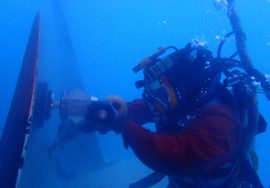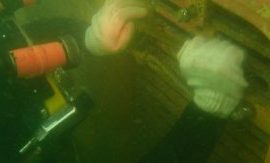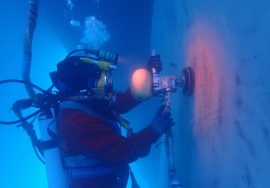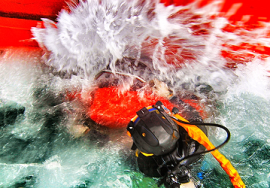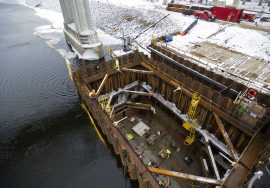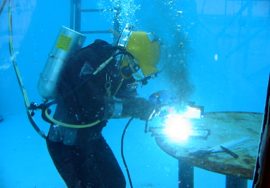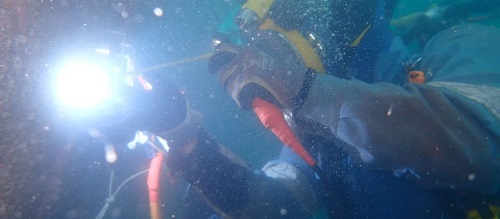
Innovative Approaches to Underwater Weld Repairs
Underwater weld repairs are super important in marine engineering. They help keep ships, offshore platforms, pipelines, and other things that are below the water safe and sound. But working underwater can be tricky! The unique problems of the underwater world mean that we need some clever new ways to weld not just the usual methods we’ve used before. The future looks bright for underwater weld repairs, it’s changing fast and getting better all the time!
The Journey of Underwater Welding
Underwater welding has changed a ton since it first started. Long ago, the main technique used was wet welding. That’s when you do the weld right in the water! It works but has problems too, like hydrogen embrittlement. This is when hydrogen gets into the weld and makes it fragile ouch! Plus, wet welds aren’t as strong as dry ones.
To tackle these issues, dry welding was created. Hyperbaric welding is a cool method where they close off the welding spot in a special chamber filled with gas instead of water. This setting helps the weld be more controlled—kind of like welding on land! However, hyperbaric welding can be pretty pricey and needs special tools and skilled workers to do it right.
What’s Next for Underwater Weld Repairs?
As our marine world grows, so does the desire for new underwater welding methods. Robotic welders are an exciting innovation! These robot machines can do precise welds even in places too risky or tough for human divers. They dive deep, work long hours, and keep quality high. What a handy tool!
Another neat development is using friction stir welding (FSW) underwater. Unlike traditional methods, FSW doesn’t melt materials; instead, it stirs them together with a special rotating tool to create a bond. This means less chance of those bothersome hydrogen problems! Although it’s still being tested underwater, early signs show that FSW could produce stronger and more dependable welds.
Plus, there’s growing interest in making underwater welding materials that fight corrosion better and resist cracking too. Engineers are busy crafting special alloys that last longer under pressure and cold temperatures just what we need for deep-sea work!
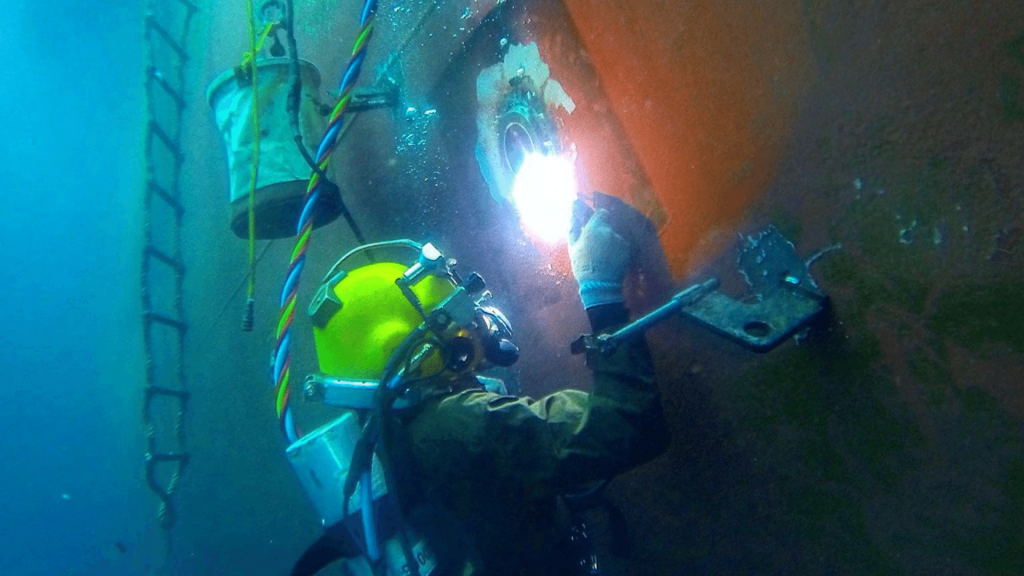
Keeping Divers Safe: New Safety Innovations
Diving underwater can be risky! Problems like decompression sickness or equipment troubles make safety super important in underwater weld repairs. Thankfully, there have been major improvements here too! New dive suits are made from better materials for warmth and protection. Also, modern helmets help divers see better and communicate clearly, which is great during complicated tasks.
One cool thing is how augmented reality (AR) is stepping into underwater welding! AR technology can show vital info right on the diver’s helmet visor think welding paths or safety alerts even pressure readings! This technology helps make everything more precise and lets divers react faster if something goes wrong.
Working Smart: Boosting Speed and Savings
While safety and new technology matter a lot, finishing repairs quickly without wasting money is super important too! That’s why advanced monitoring systems are changing how projects get done. These fancy setups use sensors and AI to check if welds are good while they’re being made, so they catch any problems early on.
AI isn’t just smart; it can also predict when repairs will be needed by looking at past data suddenly, planning becomes a bit easier! By knowing when to act ahead of time, teams save precious hours and cut down on unnecessary costs.
Wrapping It Up: A Bright Future Ahead!
The marine industry is on the brink of big changes with underwater weld repairs. With robotic helpers, friction stir welding, new materials, and high-tech safety gear coming into play, things are looking safer and more efficient than ever before! As these fresh ideas keep evolving, they’re going to help keep our underwater structures solid and our marine operations running smoothly for a long time to come!

